Porsche 911 Cup (992.2) Revealed for 2026: New Name, More Power, Smarter Tech
Reviews August 11
Porsche has officially unveiled the next-generation one-make race car 911 Cup, developed on the 992.2 platform. Starting from the 2026 season, it will serve in the Porsche Mobil 1 Supercup, all Carrera Cup championships, and other Porsche-sanctioned one-make events. The model’s name shifts from the familiar "911 GT3 Cup" to the unified "911 Cup", aiming to clearly distinguish customer racing cars from multi-manufacturer GT class models.

Naming and Positioning: A Clearer Customer Racing Hierarchy
The renaming is more than a badge swap. Porsche will retain the "GT" prefix for cross-brand GT racing platforms (such as the 911 GT3 R), while standardizing its one-make race cars under the "911 Cup" badge. This allows fans and competitors to instantly differentiate between the BoP-driven, brand-against-brand GT scene and the driver-focused, equal-spec Cup racing world.

Production and Volumes: Same Line as Road Cars
The new car continues to be assembled alongside road-going 911 GT models in Zuffenhausen. Since the current platform began production in late 2020, Porsche Motorsport has delivered 1,130 units of the 911 GT3 Cup. In total, Porsche has built 5,381 one-make 911 race cars, underpinning the technical and operational stability of both regional and international Cup series.

Exterior and Aerodynamics: Detail-Oriented, Cost-Friendly
Based on the 992.2’s updated front-end design, the car enhances both visual identity and serviceability. The three-piece front splitter allows segment-only replacement after light contact, lowering parts and shipping costs. Daytime running lights are removed to reduce the risk of radiator damage in front-end incidents. Fender louvres and turning vanes behind the front wheels improve front-axle aerodynamic efficiency, while underbody tweaks deliver more stable high-speed directional changes.

At the rear, the swan-neck rear wing gains a simplified adjustment system for easier replication and documentation. The engine lid and several panels now use recycled carbon-fiber fleece with bio-based epoxy resin, maintaining strength while stabilizing spare-part pricing.
Powertrain: Refined Naturally Aspirated Character
The car retains the high-revving, water-cooled 4.0L flat-six NA engine, now producing 520 PS, a 10 PS increase over the previous model. It features individual throttle bodies and optimized intake flow, paired with camshafts that extend valve opening duration for improved breathing. The central throttle body has been removed to allow for restrictor installation in series where required. Overhaul intervals remain consistent for endurance use.
Transmission is handled by a four-plate sintered-metal racing clutch and a 6-speed sequential straight-cut gearbox, now with a higher launch rpm limit. An automatic engine restart aids recovery after a stall—simply press the clutch—and a brake light strobe alerts trailing cars during starts.
Braking and Cooling: Greater Thermal Stability and Consistency
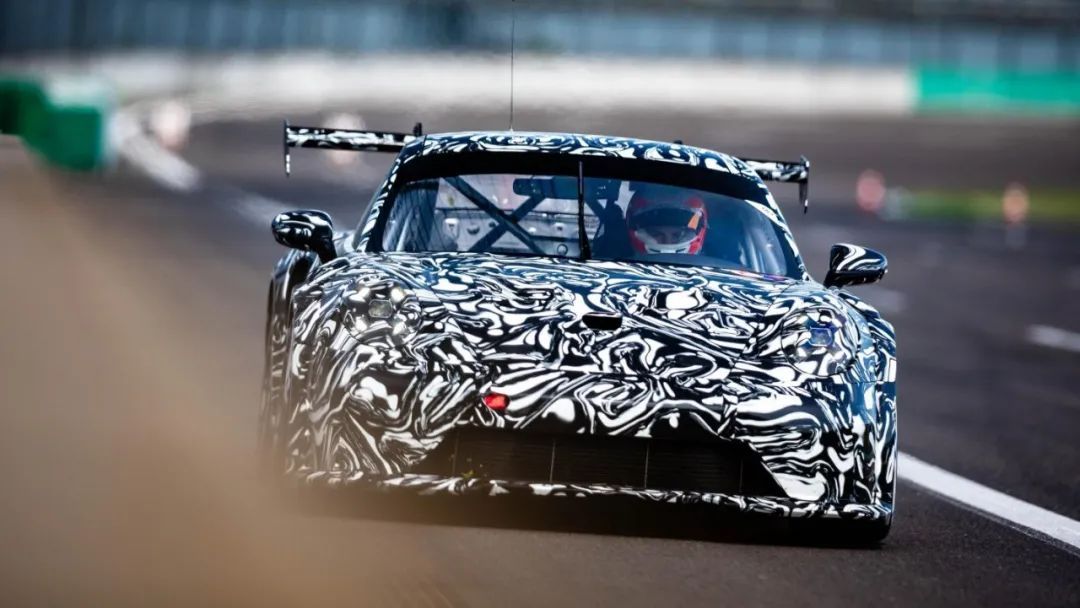
The front brake discs grow to 380×35 mm (from 32 mm thickness previously), paired with wider pads and improved ventilation for better fade resistance. Relocating the central radiator to the front luggage area frees a direct airflow path to the brakes, improving heat balance during long runs.
Bosch M5 racing ABS is now standard, with upgraded sensor input and dual-circuit leak detection. A larger brake fluid reservoir supports endurance racing demands.
Handling and Usability: Easier to Drive, Still Demanding
Steering stop and assist recalibration reduce the turning radius, aiding maneuvering in street circuits and tight paddocks. Multifunction steering wheels and illuminated control panels improve cockpit ergonomics. An additional in-car menu allows pit-speed limit, exhaust mapping, and steering-angle reset without laptop connection.
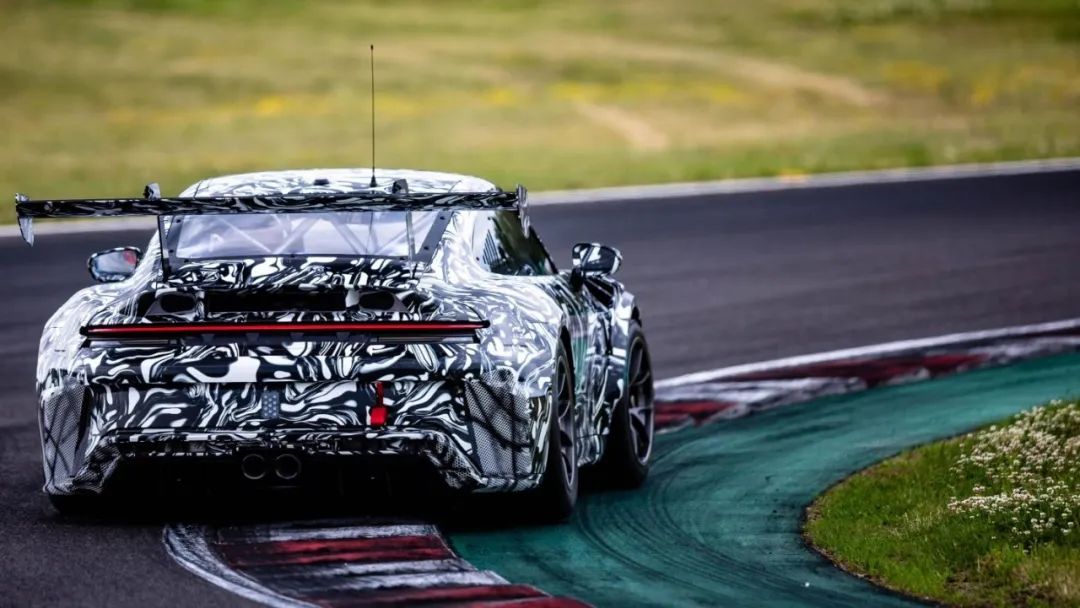
Electronics and Data: More Precision in Timing, Tire, and Safety Monitoring
A new high-precision GPS antenna replaces the older infrared lap-timing system. Tire pressure monitoring now also displays tire temperature on the central display, helping maintain optimal operating windows. Safety updates include electrical monitoring for the fire-suppression system.
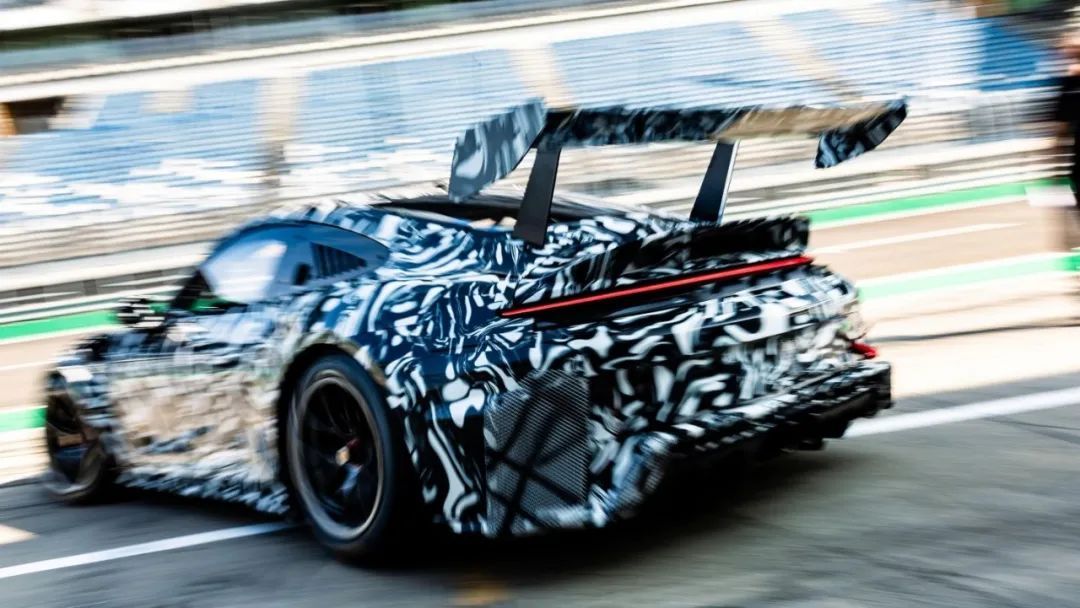
Pricing and Availability
The official price is €269,000 (excluding VAT). The car was developed with three main goals: measured performance gains, controlled running costs, and reduced learning curve for drivers and teams. Testing at Weissach, Monza, and the Lausitzring saw positive feedback from both Porsche Junior graduates and seasoned professionals.
991 Cup Snapshot: The Two Generations Leading to 992 (Additional Data)
- 991.1 911 GT3 Cup (circa 2014–2016): 3.8L NA flat-six, approx. 460 PS, 18-inch Cup-spec wheels (front 27/65-18, rear 31/71-18), with a lower center of gravity and improved cooling, setting the modern Cup standard for durability.
- 991.2 911 GT3 Cup (circa 2017–2020): Displacement increased to 4.0L, output around 485 PS, with improved brake cooling and front aero, plus a more service-friendly wiring/data system.
- Operational Continuity: Maintenance cycles and parts interchangeability from the 991 platform carried over directly to the 992, ensuring stable operating costs for both regional and Supercup teams.
- Tires and Chassis: The 991 platform ran 18-inch center-lock Cup tires, front 27/65-18, rear 31/71-18—a setup evolved in the 992.2 to front 30/65-18, rear 31/71-18 (series-specific specs may vary), providing a familiar tuning and heat-management baseline for teams.
Note: 991 data above is representative and intended for context when comparing to the 992.2, aiding setup migration and driver training planning.
Side Note: 911 GT3 R Upgrade Highlights

Porsche has also revealed a comprehensively upgraded 911 GT3 R, focusing on chassis kinematics and aerodynamic refinement, with the aim of delivering professional-grade performance while improving drivability for amateur racers in varied track conditions. Official price: €573,000 (excluding VAT).
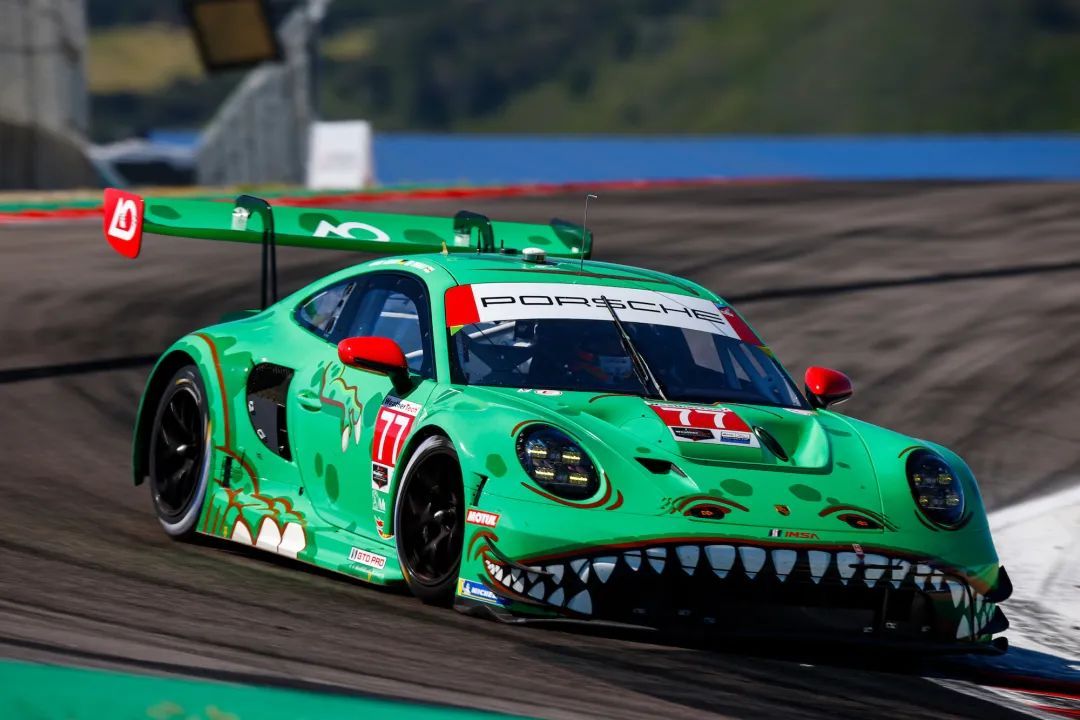
In recent seasons, the current GT3 R has enjoyed success in IMSA, DTM, NLS, and other series—earning wins and titles across Intercontinental GT and LM GT3, providing valuable race data and customer feedback for this update.
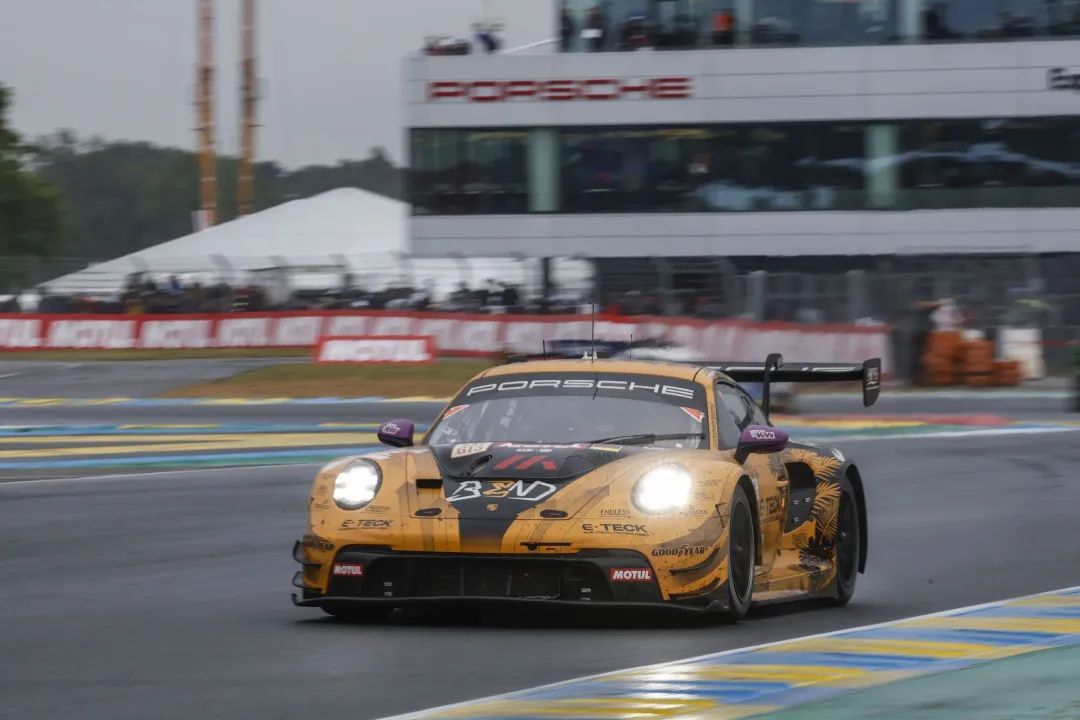
Key Technical Changes
- Aerodynamics: New fender-top louvres and optimized double-wishbone front suspension kinematics improve braking stability and reduce dive; swan-neck rear wing with 4 mm Gurney increases total downforce and balance tuning range.
- Chassis Structure: Fully enclosed underbody with reinforced rear section; revised rear multi-link geometry controls squat under acceleration, improving load distribution.
- Thermal Management and Endurance: Hydraulic steering fluid cooling; ceramic wheel bearings and upgraded centering pins; independent driveshaft cooling via side-skirt NACA ducts, separated from brake cooling, suited to low-ride-height high-speed tracks.
- Electronics and Data: Improved cockpit ventilation; RLU USB logger for quick swaps during short pit stops; faster and more efficient data retrieval.

Standardized Former Options
Packages such as sensor kits, endurance kits, pit connection kits, and camera systems are now standard, including four laser ride-height sensors, master-cylinder potentiometers, track-temperature sensors, rear-view camera, and drink-system mounts. Series-specific options for LM GT3, IMSA, NLS, and others include custom driveshafts, pre-silencers, and extended wing-mount ranges.



Track Validation and Upgrade Path

The new GT3 R has undergone testing at Weissach and multiple tracks including Sebring, Paul Ricard, Spa, and the Nürburgring Nordschleife. Porsche will offer about 60 upgrade kits for existing cars, priced from €41,500, enabling teams to bring current chassis up to key new specifications at reduced cost.
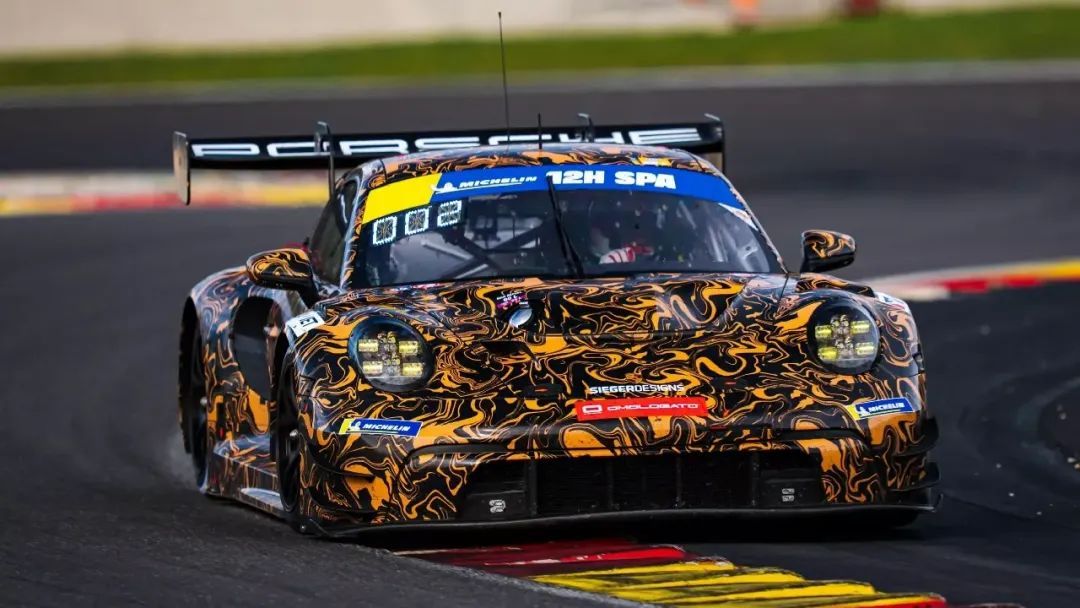

Conclusion
From the 911 Cup’s redefined naming and detail refinements to the 911 GT3 R’s systemic upgrade, Porsche’s customer racing philosophy is clear: make cars easier to drive without losing challenge, improve performance within controlled costs, and apply replicable, maintenance-friendly engineering to benefit global Cup and GT platforms.



















